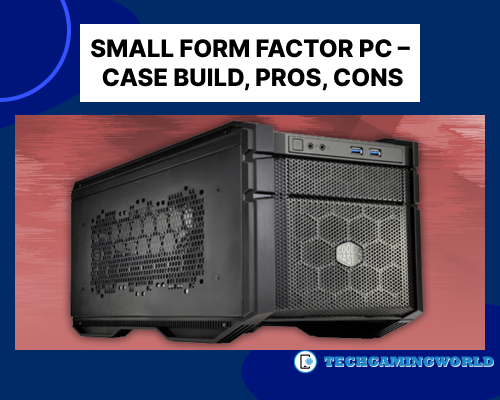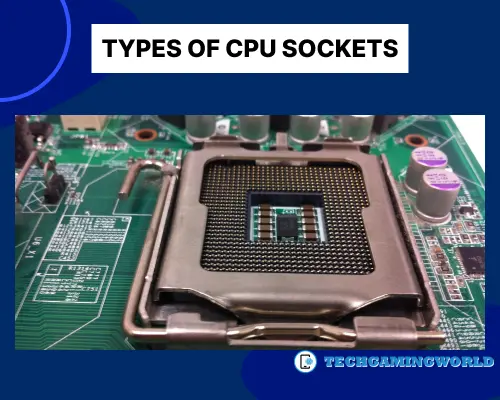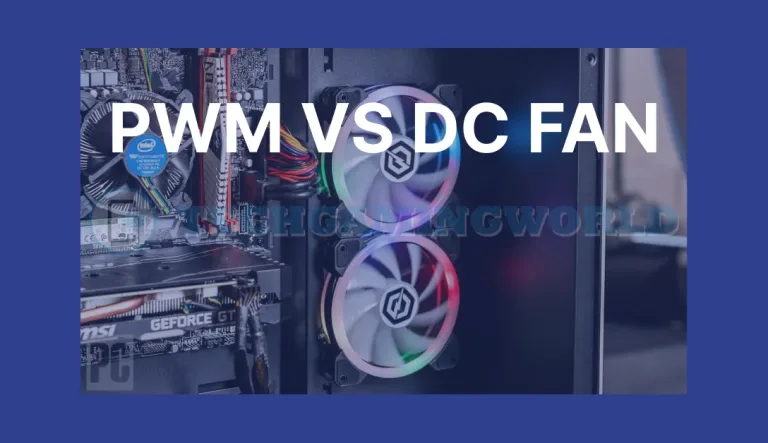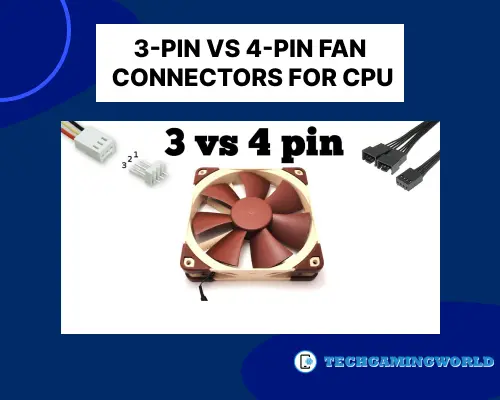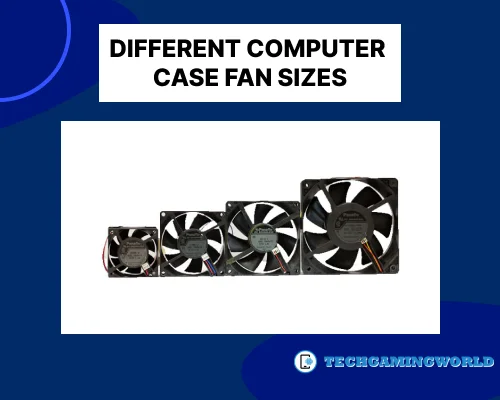An Absolute Guide Small Form Factor PC Case Build, Pros & Cons 2024
In this article we will Deeply talk about the Small Form Factor PC – Case Build, Pros, Cons The world of computing has witnessed a growing demand for smaller, more compact systems that offer powerful performance without occupying excessive space. Small Form Factor (SFF) PCs have become increasingly popular among enthusiasts and professionals alike.
This article aims to delve into the case builds, pros, and cons associated with Small Form Factor PCs, providing insights into this exciting trend in computer hardware.
Small Form Factor PC – Case Build Pros & Cons
Case Builds Of Small Form Factor Pc
Building a Small Form Factor PC involves careful consideration of the case and its components. SFF cases are specifically designed to accommodate compact hardware and optimize space utilization. Here are the essential aspects to keep in mind when planning a Small Form Factor PC case build:
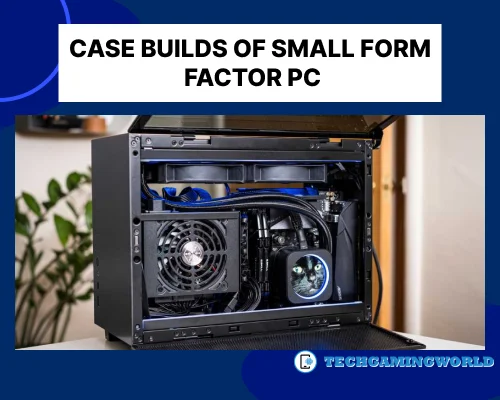
1: Case Size and Form Factor
Small Form Factor cases come in various sizes and form factors, such as Mini-ITX, Micro-ATX, and Mini-STX. The choice of form factor depends on factors like available space, desired performance, and component compatibility. Mini-ITX cases are the most common and versatile choice for SFF Build a Gaming PC.
2: Component Compatibility
Due to the limited space inside Small Form Factor cases, component compatibility becomes crucial. Builders must carefully select components, considering factors like GPU length, CPU cooler height, and PSU size. SFF-specific hardware, such as compact GPUs, Also check What is GPU memory. low-profile coolers, and SFX power supplies, are often necessary to fit within the case’s constraints.
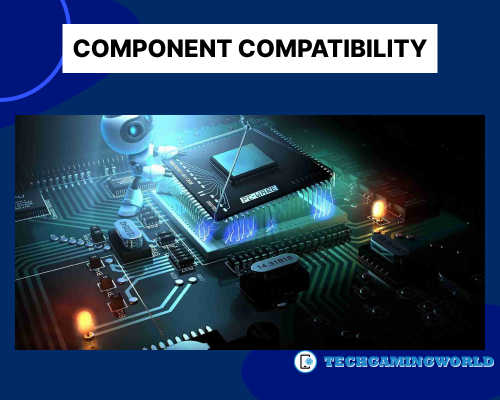
3: Cooling Solutions
Cooling is a critical aspect of Small Form Factor PC builds. SFF cases typically have limited airflow, making efficient cooling challenging. Builders must choose cooling solutions that maximize heat dissipation while fitting within the case’s limitations. Options include compact CPU coolers, slim case fans, liquid cooling systems, or even custom water-cooling loops for advanced users.
Related: What Is CPU Package Temp.
4: Cable Management
Cable management is essential in SFF builds to optimize airflow and ensure a clean and organized interior. SFF cases often have limited space for cable routing, increasing the risk of cable clutter. Utilizing custom-length cables, cable combs, or Velcro straps can help keep cables neat, promoting better airflow and easier maintenance.
Related: 5 Types of CPU Sockets Best Guide.
Pros of Small Form Factor PCs
Space Efficiency
Small Form Factor PCs excel in space efficiency. Their compact size allows them to fit into tight spaces, making them ideal for small apartments, dorm rooms, or office setups where desk space is limited.
SFF PCs help reduce clutter and provide a cleaner and more organized workspace.
Portability
SFF PCs are highly portable compared to their larger counterparts. Their lightweight nature and compact form factor make them easy to transport, whether for LAN parties, gaming events, or simply moving between rooms. Portability allows users to take their powerful computing systems wherever they go.
Aesthetic Appeal
Small Form Factor cases often feature sleek and visually appealing designs. Manufacturers cater to various aesthetic preferences, offering cases with tempered glass panels, customizable RGB lighting, and innovative form factors. Building an SFF PC allows users to showcase their creativity and build a visually stunning system that complements their personal style.
Energy Efficiency
Small Form Factor PCs tend to be more energy-efficient compared to larger systems.
The compact size means that they consume less power, resulting in lower energy bills over time.
Additionally, efficient cooling solutions specific to SFF builds can help reduce power consumption and heat generation.
Lower Noise Levels
Due to their smaller size, SFF PCs can often operate at lower noise levels. Builders can carefully select quiet components, utilize sound-dampening materials, and optimize fan configurations to achieve a quieter system. This is particularly beneficial for users who require a quiet working or gaming environment.
Cons of Small Form Factor PCs
Limited Component Compatibility
The primary limitation of Small Form Factor PCs is their restricted component compatibility. The smaller interior space makes it challenging to accommodate larger hardware, such as high-end graphics cards or oversized CPU coolers. Builders must carefully research and select components specifically designed for SFF builds.
Heat Dissipation Challenges
SFF cases often face heat dissipation challenges due to limited airflow and restricted space for cooling solutions. High-performance components may generate more heat in compact environments, potentially leading to increased operating temperatures. Effective cooling becomes crucial to maintain component longevity and performance.
Cable Management Complexity
Managing cables in Small Form Factor builds can be more complex than in larger cases. The limited space inside the case requires meticulous cable routing and organization to maintain proper airflow and ease of maintenance. Poor cable management can hinder airflow, increase temperatures, and make future upgrades or modifications challenging.
Upgradability Constraints
Small Form Factor PCs often have limited room for expansion and upgradability.
The compact design may restrict the number of expansion slots, drive bays, or the capacity for future hardware upgrades.
Builders must carefully consider their long-term needs and ensure the case allows for necessary upgrades or modifications.
Higher Costs
Building a Small Form Factor PC can often be more expensive compared to traditional ATX builds. SFF-specific components, specialized cooling solutions, and compact form factor designs tend to have higher price tags. Additionally, the unique requirements of SFF builds may result in the need for specific accessories or custom parts, further increasing costs.
Conclusion
Small Form Factor PC builds offer numerous advantages, including space efficiency, portability, aesthetic appeal, energy efficiency, and reduced noise levels. However, builders must also be mindful of the limitations, such as component compatibility, heat dissipation challenges, cable management complexity, upgradability constraints, and potentially higher costs.
With careful planning, research, and component selection, builders can successfully embark on a Small Form Factor PC case build and enjoy the benefits of a compact, powerful, and visually appealing computing system tailored to their specific needs. So we hope you are now well aware of Small Form Factor PC – Case Build, Pros, Cons.

About Author
I am EDIE MILES, the founder of TechGamingWorld, a blog. in which is an online gaming community dedicated to providing the latest news and reviews about the world of online games, including PC and console games. Read More

